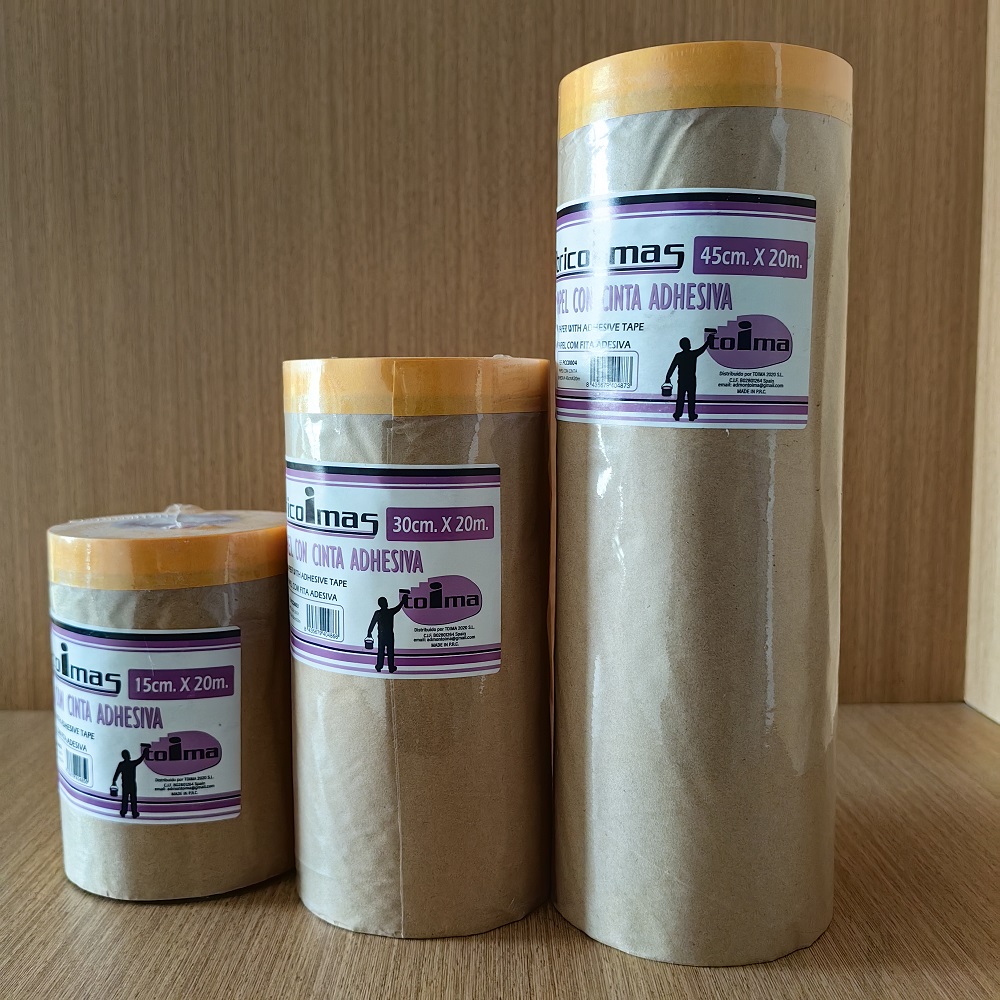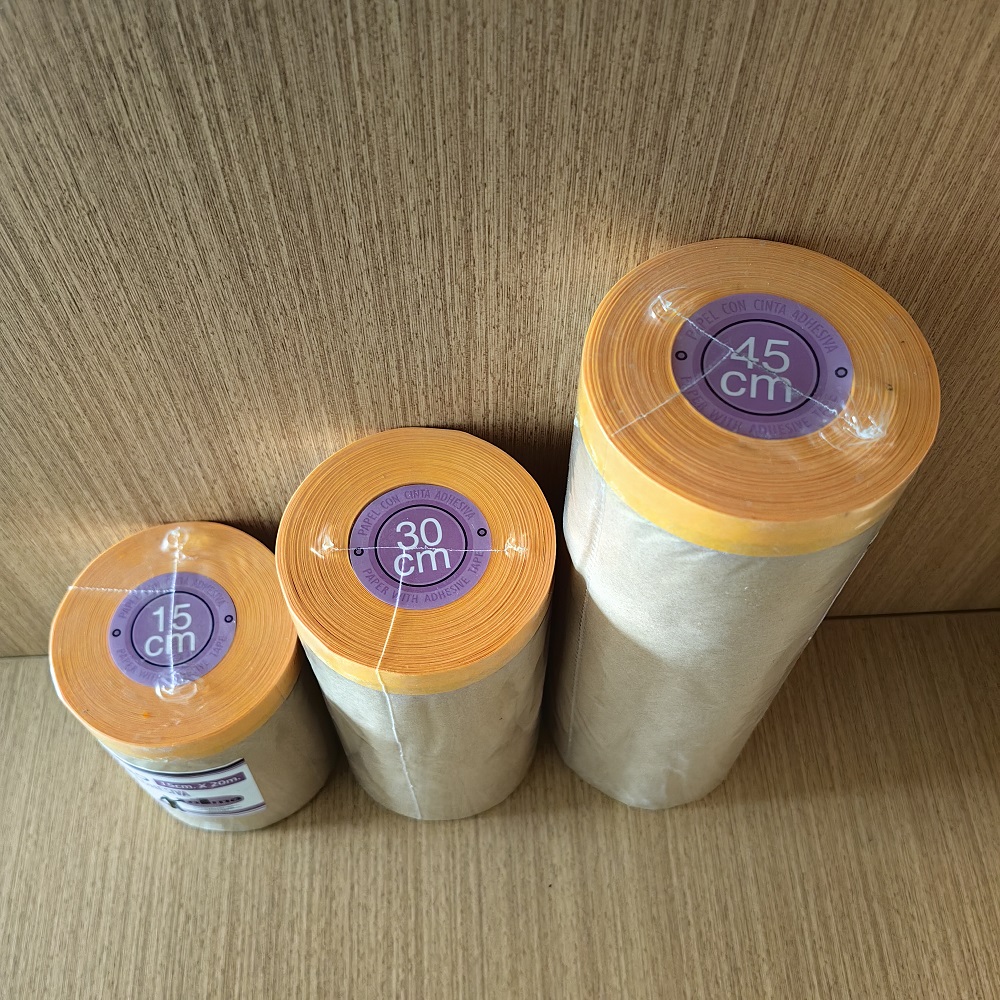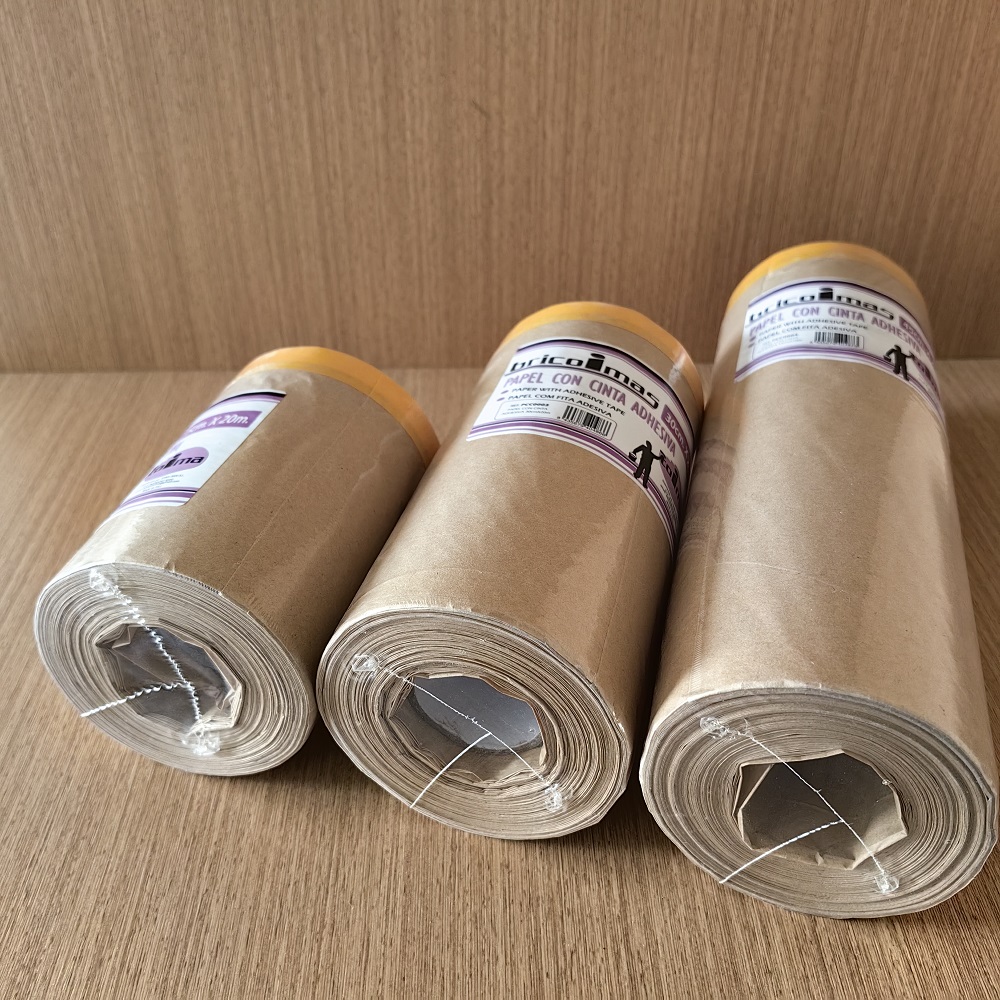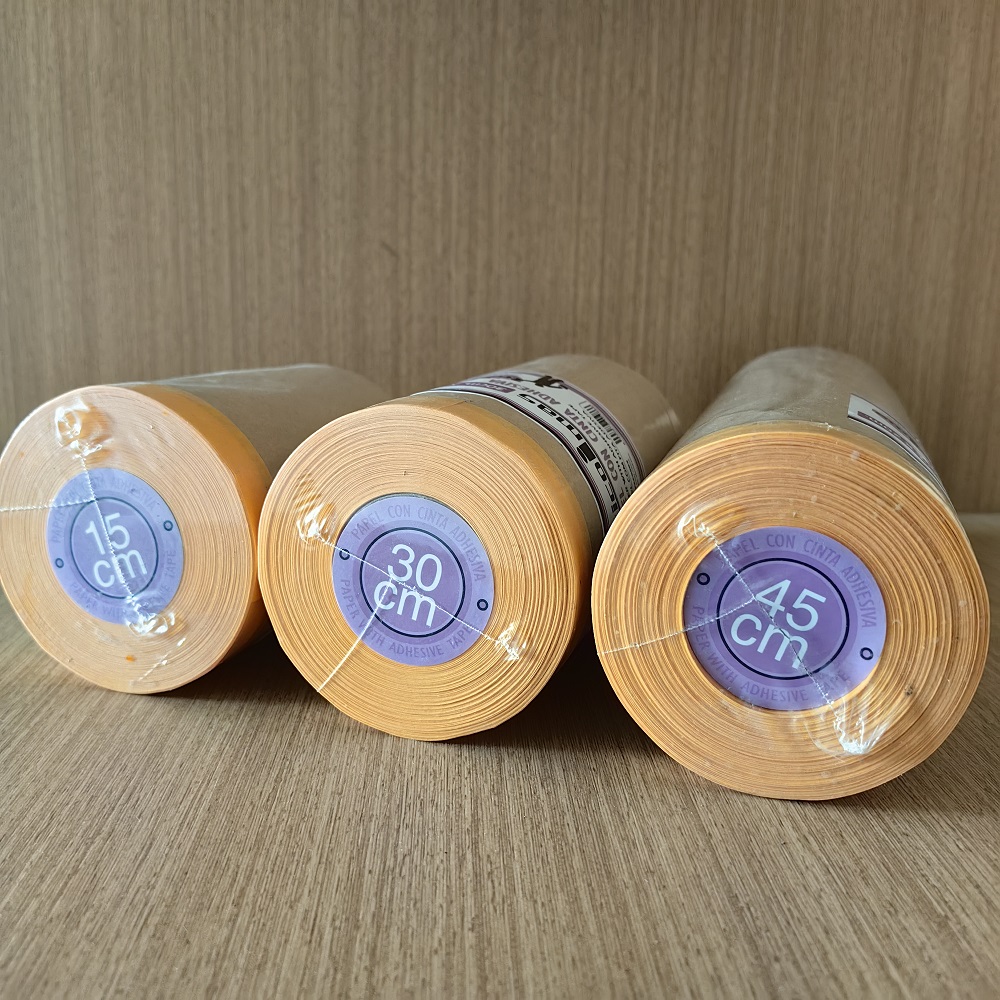



The factory focuses on the research and development of new products, pushing through the old and bringing forth the new, which is a recyclable and degradable product, which is deeply loved by European and American markets.
1. The difference between paper and plastic is that the surface tension leads to the obstruction of printing.Paper is made up of fibers with high surface tension, so no matter whether the ink solvent is water or oil or mixed, there is no need for pretreatment and can be printed directly.On the other hand, many plastic films have low surface tension and have adhesion strength and adhesion degree after humorous printing. now they are generally oily inks, and the films produced by two-way pull-up method can be printed directly.Such as BOPP,BOPA,BPET, etc.For some thin films with low surface tension need corona treatment, increase the surface tension after printing, in order to ensure the printing effect.
two。 There is no doubt that paper is more environmentally friendly than plastic, and the biggest reason is that it is biodegradable. We can see that there are few paper packaging on the market, but there are very few. On the contrary, plastic knows that its harm can live up to now, that is, it is cheap, chemical and plastic. Because of the huge market and low cost, the degree of plastic production is higher than that of paper. For cost reasons, the cost of paper is much higher than that of plastics, and no enterprise is willing to even put into production in large quantities, because plastics are basically impossible to develop due to technical bottlenecks, and because the huge market increases profits.
3. As a manufacturer, we make sure that the material of the goods can be recycled up to 100%. In the era when we can really throw away, we can recover 100% of the material. In fact, in daily life, as long as all of us can be environmentally conscious, it is already very good. Looking to the future, we hope to develop real biodegradable materials.